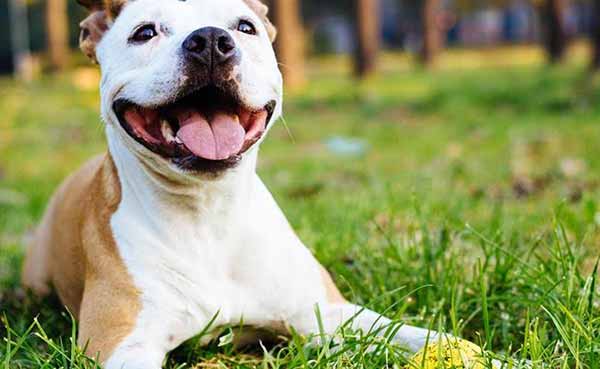
Stockholm, Sweden (BBN)-Brain tumours in dogs are strikingly similar to those in humans, according to a new study which could give a better understanding of how the disease develops.
Using genetic analyses in different dog breeds, researchers from Uppsala University and Swedish University of Agricultural Sciences (SLU) have identified genes that could have a role in the development of brain tumours in both dogs and humans, reports the PTI.
Gliomas are very severe human brain tumours that are rarely curable.
Glioma can also occur in dogs and some brachycephalic dog breeds, such as Boxer and Bulldog, have a considerable elevated risk of this type of brain tumour, researchers said.
"In our study we hypothesised that since the brachycephalic dog breeds with elevated risk are closely related, we would be able to identify a genomic region shared by those breeds," said Katarina Truve, formerly from SLU.
"The same risk factors for glioma could also be present in other breeds and the way to identify the genomic region would be to compare genetic markers from dogs diagnosed with glioma from several breeds to healthy controls," said Truve.
Based on this, researchers then performed several genetic analyses to narrow down the region in the genome.
The genetic analyses were performed using 25 different dog breeds and researchers could identify an area in the genome that differed between diseased and healthy dogs.
This region also showed signs of selection in the brachycephalic dog breeds at high risk of developing glioma, researchers said.
This means that genes that are important for glioma development could be located in the same genomic region as genes that have been promoted in the breeding for specific traits in these brachycephalic dog breeds, they said.
In this area of the genome, researchers then identified three genes as the most associated with the development of glioma in dogs.
Humans have the same genes as the ones identified by the researchers in dogs.
They then went on to determine whether there was also a link between the identified genes and human glioma.
"We compared for instance how active the genes were in tumour tissues and normal brain tissue," said Karin Forsberg Nilsson from Uppsala University.
"We found that especially one of the genes showed reduced activity in tumour tissue. These results indicate that further investigations of the role of these three genes in glioma development would be of interest, with potential benefit to both dog and human," said Nilsson.
BBN/SK/AD